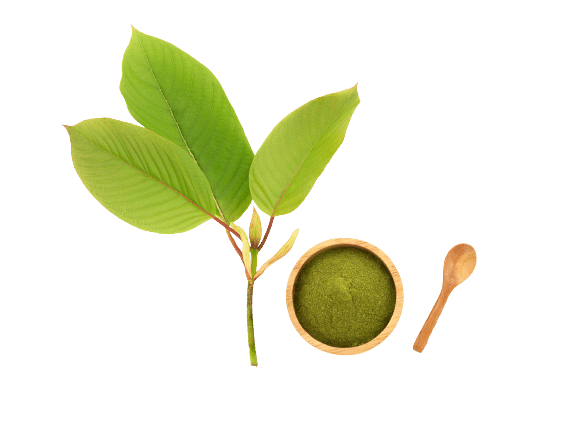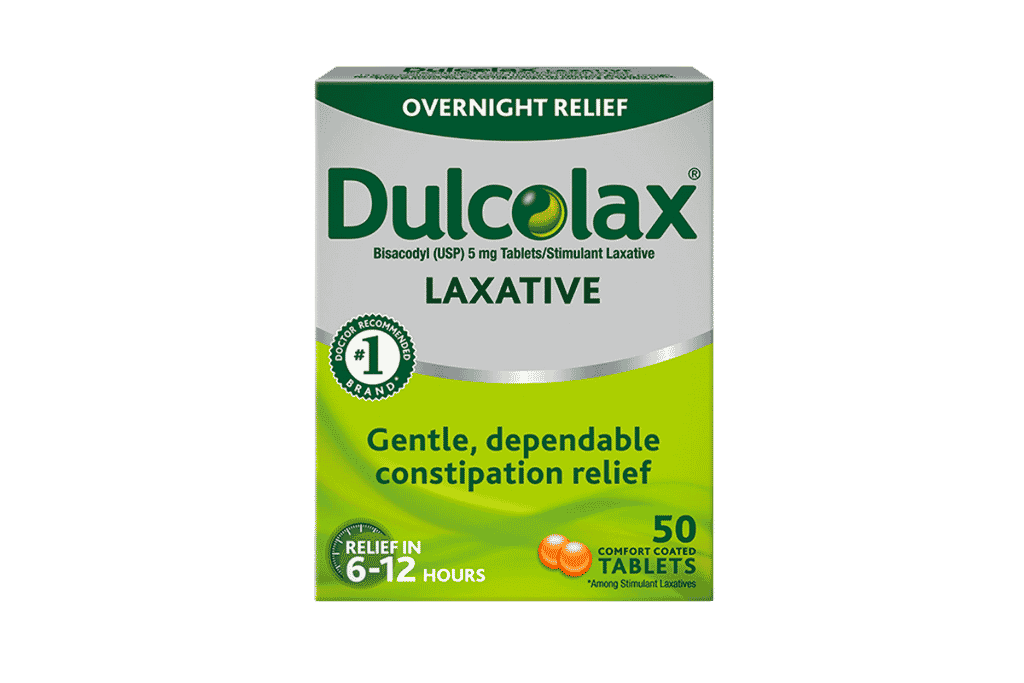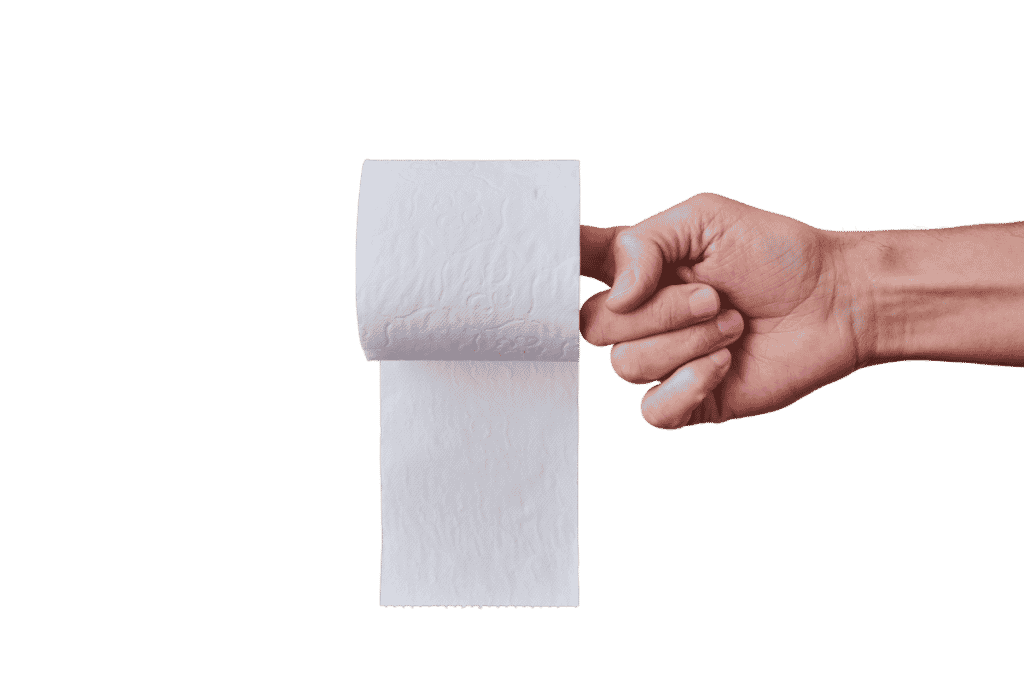Why Does Kratom Cause Constipation?
Even though kratom is not an opioid in the traditional sense, it certainly has enough opioid-like alkaloids to cause similar side effects, including constipation.
An opiate includes drugs like codeine and morphine, which come jam-packed with nature’s best painkiller, Papaver somniferum, the opium poppy.
An opioid is a drug that targets the same receptors in the body as an opiate. However, they come from other sources besides the opium poppy. Many of them are synthetic, such as fentanyl or oxycodone. Others, such as the alkaloids found in kratom, are entirely natural.
Opioids are central nervous system depressants, which have the opposite effect as central nervous system stimulants like coffee. For example, one of the most common effects of drinking coffee is the sudden urge to go to the bathroom. It’s not uncommon for some people to rely on coffee to get their bowels going in the morning.
On the contrary, rather than promoting bowel movements to stimulate digestion, central nervous system depressants reduce the need to go to the bathroom.
Depressing the central nervous system can be helpful in many cases, most notably in desensitizing pain and managing undesirable mental states. These are two of the most common reasons people use kratom.
Regarding digestion, constipation caused by the influence of depressants generally isn’t considered beneficial. However, those with digestive issues such as irritable bowel syndrome (IBS) or chronic diarrhea may find some relief.
Is Some Kratom More Likely to Cause Constipation?
We categorize kratom plants into different strains according to their alkaloid profile. Each strain will affect you somewhat differently than the others.
Kratom strains are firstly named after the region where the kratom is grown, e.g., Indonesia, Malaysia, Borneo, etc. The second part of the name corresponds to the leaf’s vein color. While the distinction between kratom trees grown in different regions can be significant, the vein’s color is the most important factor.

All kratom leaves are green at sight, but the veins are either red, white, or green.
White vein kratom tends to be the most stimulating. Green vein kratom can be stimulating and relaxing, generally starting out energetically and then fading into relaxation. Red vein kratom strains are almost exclusively relaxing and are generally the best for pain relief — and also cause greater opiate-like effects.
Why is this important?
Constipation is a direct side effect of opioid activity in the body. The opioid activity of a kratom strain can be determined by its alkaloid profile. Looking at the above, you can see that red kratom is the most potent sedative and, therefore, the most powerful in terms of opioid activity. This means it will be the most likely candidate to contribute to constipation.
Conversely, white vein kratom is more likely to cause diarrhea or stimulate a bowel movement.
Preventing Kratom-Induced Constipation
Being backed up for a day or two once in a while isn’t the end of the world. However, some people using larger amounts of kratom can experience persistent constipation that could lead to other health conditions.
Here are a few ideas that can help you avoid constipation.

1. Stay Hydrated
When you don’t drink enough water, your intestines don’t receive enough liquid to function correctly. Therefore, your stool cannot be disposed of effectively.
This can lead to hard, rocky stools that are painful to pass. The lack of hydration also slows the rate of peristalsis (bowel movement). Many people are surprised to find that properly hydrating is enough to get rid of their constipation.
However, staying hydrated when you have a kratom habit often takes drinking a lot more water than people expect. Because kratom is a highly astringent diuretic, you’ll need to supplement your body with extra water.
American diet regulations recommend that the average person drinks eight glasses of water every day. Very few people do this as it is. When using kratom, your water needs will increase significantly.

If you use kratom multiple times a day, a good rule of thumb is to carry a gallon jug of water with you and try to drink at least one of them every day. You might be surprised that other side effects, like headaches, brain fog, nausea, and lethargy, disappear within a few days, along with constipation!
Make sure to eat foods with lots of potassium or take a potassium supplement. Diuretics tend to lead to a loss of this valuable nutrient, so you’ll need to replenish it.
2. Reduce Dosage & Frequency of Use
The most obvious way to reduce the intensity and frequency of constipation caused by kratom is to reduce either your dose, dosing frequency, or both.
Heavy opiate users can suffer from persistent constipation, which frequently leads to extreme discomfort, pain, or other medical complications. Hence, it is not uncommon for them to allow themselves to fall into withdrawal until they have a better bowel movement.

We recommend taking a break from kratom use every once in a while. Drink lots of water and wait until you’re in moderate withdrawal, at least 24 hours after your last dose. You can notice symptoms like sniffling, yawning, or runny eyes. As these symptoms begin, you’ll also probably feel that your bowels start to loosen up.
Also see: How Long Does Kratom Stay in the System?
3. Switch Strains
This is perhaps the least effective method to prevent constipation, but it may still have some positive effects. For example, if you use a red strain high in opioid alkaloids, you may find some relief by switching to a white strain.

White kratom strains generally contribute the least to typical opioid withdrawal symptoms. If you’re not using kratom for pain management, you can probably afford to switch strains for a couple of days. See if swapping out a red for a white makes a difference.
Of course, if you’re using it for pain management, this likely isn’t viable. In this case, you can resort to our last idea.
4. Use Laxatives
If you’ve tried our previous recommendations and still haven’t been able to go to the bathroom for a couple of days, you can try a few different types of laxatives.
For the most part, regular laxatives should be OK. Here are some of the most common:
- Bulk-forming laxatives. These are great for bringing water into the colon and bulking the stool. They’re fantastic for mild cases of constipation and should be enough for somebody with a mild kratom habit.
One of the best examples of a bulk-forming laxative is psyllium husk. Taking a tablespoon of psyllium husk each night with a glass of water is a great way to keep yourself regular and your stools healthy, solid, and quickly passed.
- Osmotic laxatives draw liquid into the intestines, adding moisture to the stool and making it easier to pass. Depending on the dosage and intensity, osmotic laxatives can get things going or liquefy even the rock-hard contents of a severe kratom fiend’s bowels.
If you’re unfamiliar with opioid-induced constipation and the different sensations that come with it, we recommend using an osmotic laxative. Since the purpose of these laxatives is to draw moisture into the stool and soften it, they are both versatile and less risky.
If you have constipation caused by severe dehydration and rock-hard stools, you will probably not want to use an exclusively stimulating laxative. This will trigger peristalsis and cause your body to try and force the dry stool out, which can be extremely painful.
Osmotic laxatives include magnesium citrate, sodium, milk of magnesia, and glycerin.
- Lubricant laxatives. Our intestines can not absorb this type of laxative. They coat the colon walls so that stool can pass through. Common lubricant laxatives include mineral oil and magnesium hydroxide.
- Stimulant laxatives. These are useful for kickstarting or moving poop that has become lethargic thanks to excess opioid usage.

However, as mentioned above, they aren’t always the best choice, especially if you are highly dehydrated. Most stimulant laxatives come prepackaged with some stool softeners, but not always.
Side Effects of Laxatives
If you are taking laxatives for the first time, you may be surprised by the sensations they produce.
These can include:
- Belching
- Bloating
- Cramping and abdominal pain
- Dehydration
- Gas
- Loud digestive noises like bubbling and gurgling
- Nausea
These symptoms are normal. If you experience intense pain or discomfort, then you may want to seek help from a doctor or hospital.
When Should I Call a Doctor?
If you haven’t gone to the washroom in over a week and laxatives don’t seem to have any effect, then you should call your doctor. They will likely prescribe medical-grade laxatives that will help you pass your stool.
In severe cases, you may develop a bowel obstruction. This is generally only something that affects people who are using potent opioids. However, if left untreated, it can result in fecal matter backing up, eventually leading to sepsis or other potentially fatal conditions.

Can Kratom Also Cause Diarrhea?
While we have a whole article dedicated to kratom causing diarrhea, it’s worth briefly discussing it here.
Diarrhea & Kratom Withdrawal
One of the most important things to be aware of when you start using kratom is that it can be physically addictive.
Sure, it’s not nearly as addictive as heroin or OxyContin, but if you’ve never had an opioid addiction before, kratom can certainly be strong enough to make you depend on it. If you need more evidence, check out some of the active struggles of people on r/QuittingKratom.
Any drug or supplement that causes withdrawal symptoms is physically addictive because, after some time of continuous use, your body requires it to function normally.
Some people find that constipation goes away as they become dependent on kratom. If this is the case, these people become dependent on their daily dose of kratom to ensure they can have regular bowel movements.
If they stop using kratom, they’ll experience the opposite of constipation: diarrhea. This is one of the most common withdrawal symptoms associated with opiates of any type.

Because kratom causes the digestive system to slow down, your body will be used to this ‘buffering effect.’ Your body will stop putting effort into forming stool since kratom will instruct your nervous system to take control of this.
If you suddenly stop taking kratom, your body will need time to remember how to function correctly. In the case of digestion, that means you’re going to experience diarrhea before your body recognizes that it has to assert control over the digestive tract so that food can adequately digest. This can last anywhere from a few days to a few weeks.
Can Kratom Use Cause Diarrhea?
There are a few anecdotal cases of people who have experienced diarrhea from kratom use alone. There are several reasons that this might happen.
Firstly, kratom is highly astringent. It produces the sensation of dryness when it comes into contact with a fluid or mucous membrane in the body. This sensation is generally regarded as unpleasant, and in people with highly sensitive digestion, it may trigger an episode of diarrhea.
Some people experience digestive discomfort simply because the taste and texture of kratom are highly unpalatable — this may trigger nausea, vomiting, or diarrhea in severe cases of disgust.
Kratom might also trigger diarrhea in people who are highly sensitive to some of its alkaloids. Remember, kratom isn’t exclusively an opioid — it contains more than a dozen alkaloids, many acting as stimulants rather than depressants.
So, theoretically, kratom could stimulate bowel movements in those who use it.
Consider the opium poppy. It’s rich with opiates like morphine and codeine but also contains lesser-known opiates like thebaine. Thebaine is a stimulant rather than a sedative and is highly toxic. Most people regard its inclusion in the opium poppy as a “mistake” from nature.
What it’s doing is serving as a counterbalance. Due to its stimulating properties, it helps to reduce respiratory depression and can prevent an overdose. Its stimulant properties could also stimulate digestion.
Kratom contains numerous stimulants and alkaloids with antagonist properties that “deactivate” the opioid system or produce the opposite effects as a regular opioid alkaloid.

Final Thoughts on Kratom & Constipation
Kratom might not be a full-fledged opioid, but it has a hefty concentration of opioid alkaloids that can cause similar side effects, including constipation. If untreated, constipation can lead to severe discomfort and potential medical problems.
Fortunately, kratom-induced constipation is rarely so severe as to require hospitalization. Simple laxatives like psyllium husk or magnesium citrate should be enough to help loosen things up. If not, you may need to see a doctor or go to the hospital. Before this, ensure you are hydrated, reduce your frequency of kratom use, and try using some laxatives or an enema as a last resort.










